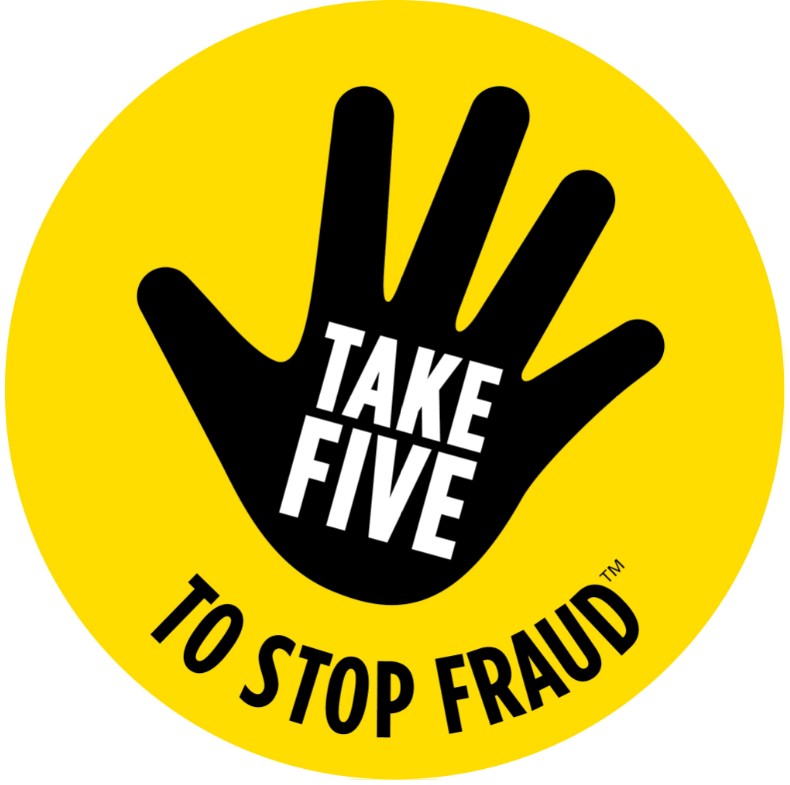
Would you recognise a smishing scam?

We know our members are smart but fraudsters are getting smarter. Could you weed out the real from the fake and identify a text message from a fraudster?
‘Smishing’ is when fraudsters send text messages which look like they’re from an organisation you use and trust, such as your banking provider or a utility company. The term was created by combining ‘SMS’ and ‘phishing’.
What to look out for
It’s a good idea to be wary of any text messages that you weren’t expecting – the fact that the sender has your mobile number doesn’t necessarily mean that they’re genuine.
If you’ve had a text that claims to be from Tide, you can get in touch with us in your app to verify this. In other cases, if you can’t call the sender to verbally confirm the content of their message, take a moment to stop and consider the situation. While you’re doing this, check for some of the common signs that you’ve got a fraudster on your hands.
Often, smishing texts will:
- Contain spelling mistakes
- Claim to be from a well-known company, but use a personal phone number
- Tell you that your account is in danger and push you to move your money somewhere else
- Include a link, and ask you to click it
What we won’t ask for

So you know, we’ll never ask you to give us any of the following information, whether that’s in a text message, phone call or email:
- Your full card number or the 3 digits on the back
- Any passwords or login details
- Verification codes
- Your account balance – and we’ll never ask you to move money to another account, either. The same goes for any other bank, or tax or law authorities
If you get a text message like the example shown here, don’t reply – it’s a scam.
We’re here to help
If something doesn’t feel right, but you’re not sure that it’s a scam, message us in the Tide app and we’ll be able to confirm whether the text was really from us. If you get a call from Tide, our agents can send you an in-app message to confirm it’s us, too.
Worried it’s too late? If you’ve already replied to a text you think might be a scam, get in touch with us in the app and we’ll let you know what to do.
Can you outsmart the fraudsters?

It’s time to recap what you’ve learned so far. Test your skills with this quick quiz from Take Five to get a refresher on how to protect yourself and your business from fraud.
Want to keep the momentum going? Check out the other posts in our ‘Keep your business safe‘ series, such as:
APP fraud: how to beat a common scam targeting UK businesses



